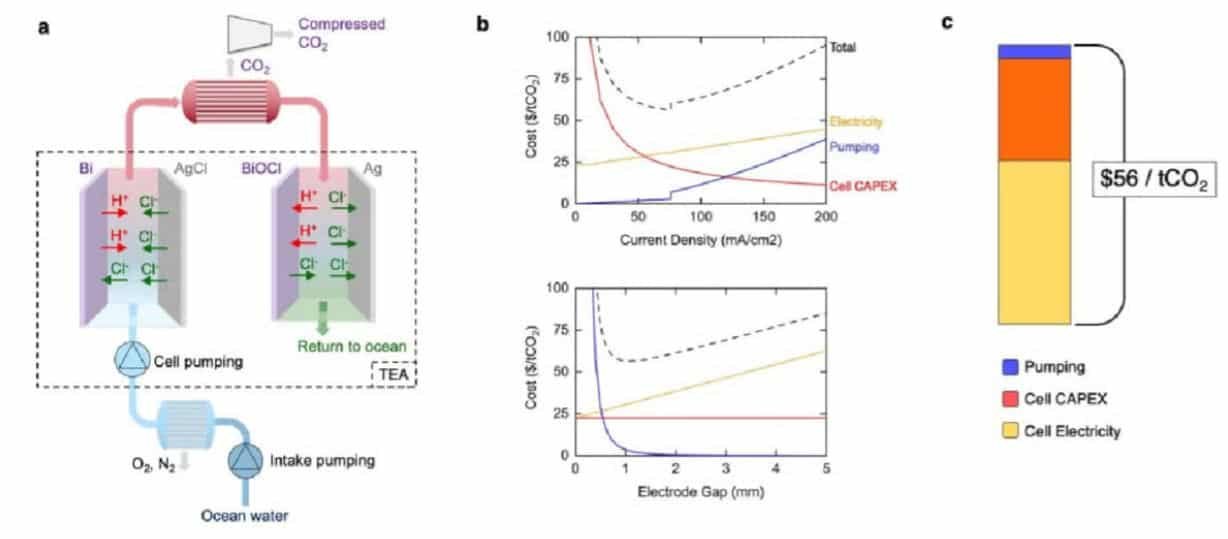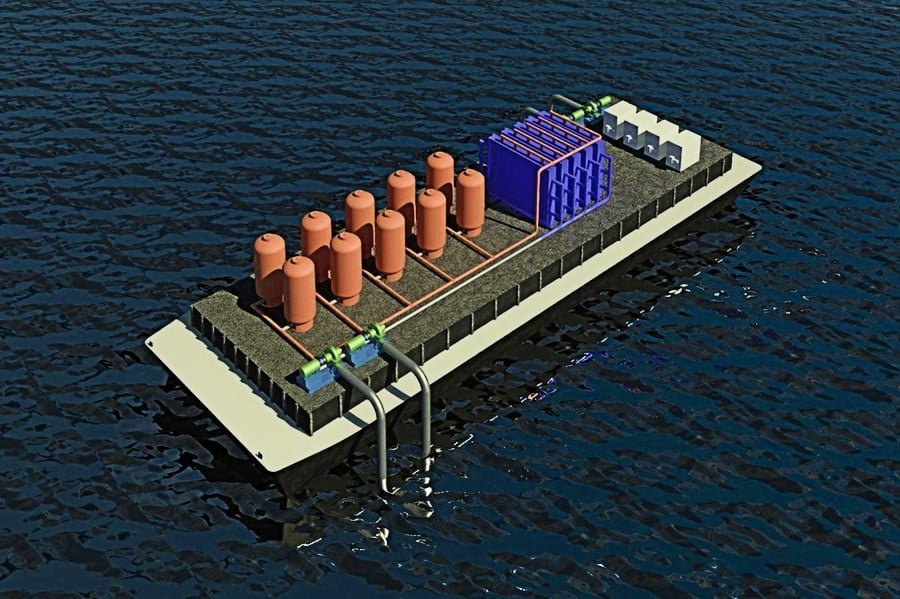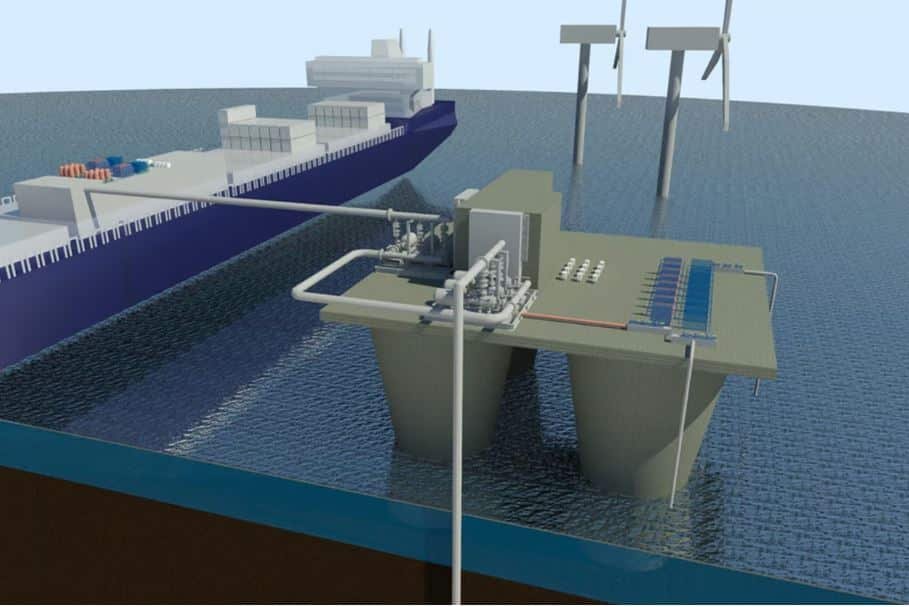MIT researchers developed a way of capturing carbon dioxide from seawater, not air, using less energy and at cheaper cost than direct air capture but with some more environmental benefits.
The oceans are large carbon sinks, storing huge amounts of CO2. Sucking out that CO2 sounds odd but the MIT team says it’s a good alternative to DAC when it comes to energy use and costs.
The system can also work with ships that would process water as they travel to help mitigate the big contribution of ship traffic to global emissions.
Varanasi, a professor of mechanical engineering, remarked that:
“There are already international mandates to lower shipping’s emissions and this could help shipping companies offset some of their emissions, and turn ships into ocean scrubbers.”
The No.1 Carbon Sink
The most efficient DAC technologies need about 6.6 gigajoules (gJ) of energy, the International Energy Agency says. That’s around 1.83 megawatt-hours/ton of captured CO2.
Unfortunately, most of that energy is not used to directly separate the CO2 from the air. It’s consumed by the heat energy to keep the absorbers at the right operating temperatures. Or it’s used for the energy needed to compress large amounts of air to the level required for an efficient carbon capture process.
- Regardless of where the energy goes, the costs of getting a DAC facility to run remain high. Price estimates by the end of the decade per ton of CO2 is at around US$300-$1,000.
Currently, there’s no country that is taxing polluters for even just $150. The highest, so far, is Uruguay with $137/ton of CO2.
Without lowering the cost of operating DAC, it will be hard to commercialize it.
Good thing there’s the oceans – the number one carbon sink. They store 50x more CO2 than the atmosphere and 20x more than land plants and soil combined.
In a biological process as seen below, when atmospheric carbon concentration rises, CO2 starts to dissolve into seawater. Then marine ecosystems, especially the planktons, do their part in breaking down or changing CO2 into other forms they need to function.
The oceans are soaking up between 30% – 40% of all annual carbon emissions by humans. They do that by keeping a constant free exchange with the air.
Get the carbon out of the seawater and it will suck more out of the air to re-balance the concentrations for marine life to continue thriving. And the best part, the CO2 concentration in seawater is more than 100x greater than in air.
How the MIT Tech will Capture Carbon from Seawater
There have been previous studies and attempts to suck carbon out of the oceans and capture it. But they require the use of chemicals and expensive membranes to do it.
But the MIT researchers claim that they were able to develop and test a system that’s not using any of those requirements. Their seawater carbon capture tech also uses less energy than air capture methods.

As shown above, the seawater passes through two chambers in the MIT system (left image).
The first chamber is using reactive electrodes to release protons into the oceans. These protons acidify seawater which turns dissolved inorganic bicarbonates into CO2. The gas then bubbles out and goes to a vacuum.
The water moves to the second chamber which calls the protons back in, bringing back the acidic water to its previous alkaline state. Then the water goes back into the sea without the CO2 gas.
In the event that the electrodes run out of protons, the polarity of the voltage is simply reversed. The same reaction happens only with water flowing in the opposite direction due to the reversal.
The team’s peer-reviewed paper is open access in the journal Energy & Environmental Science. They said that their seawater carbon capture system calls for only 122 kJ/mol of energy. Or that’s equal to only about 0.77 mWh per ton.
The MIT researchers think that their method can do better, stating:
“Though our base energy consumption of 122 kJ/mol-CO2 is a record-low… it may still be substantially decreased towards the thermodynamic limit of 32 kJ/mol-CO2.”
Speaking about costs, they estimate an optimal cost of only $56/ton of CO2 captured. But they noted that it should not be compared directly with the costs of running a fully operational DAC.
That figure doesn’t include other possible costs such as vacuum degassing, filtration, and other costs outside the electrochemical system. Still, some of those unaccounted costs can be covered by integrating the seawater carbon capture units with other facilities.
Desalination plants, for instance, are a good example as depicted in the picture. They’re processing high volumes of seawater already.
Other Benefits of the MIT System
Apart from enabling the oceans to draw down more carbon from the air, the MIT CO2 capture method brings other benefits, too.
Increased carbon concentrations in oceans led to acidification of seawater. This, in turn, threatens the life of shellfish, coral reefs, and other marine beings.
Plus, the alkaline seawater as the output of the process can help put back the balance in marine ecosystems.
While this seawater carbon capture tech shows a great potential, there are many things yet to be perfected. The team plans to show a practical project demonstration within the next 2 years.



